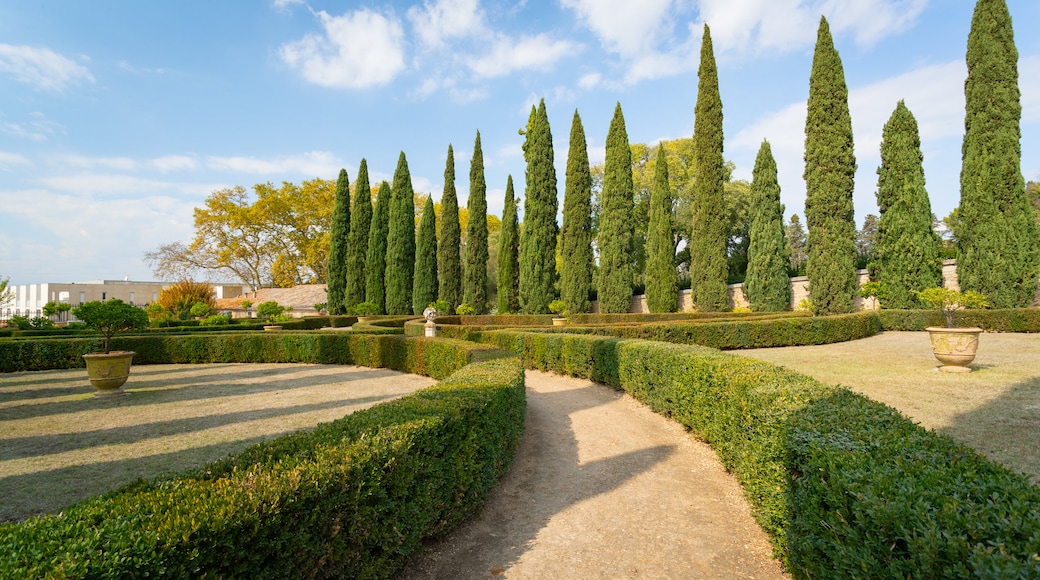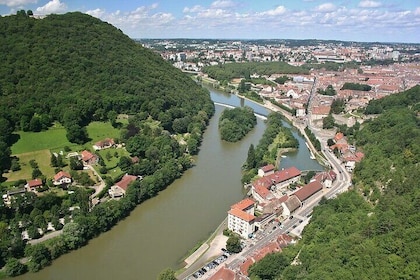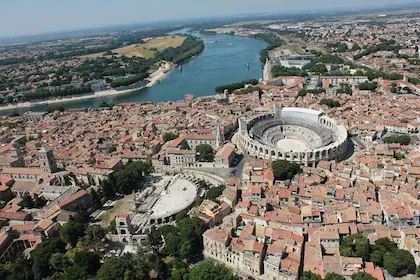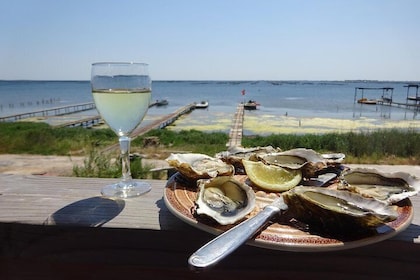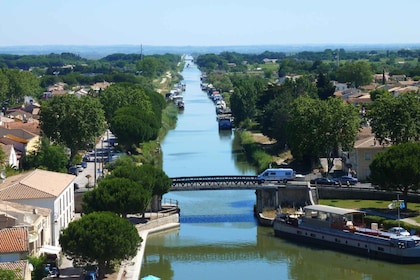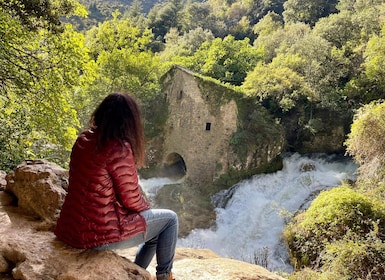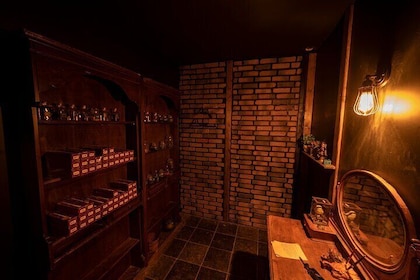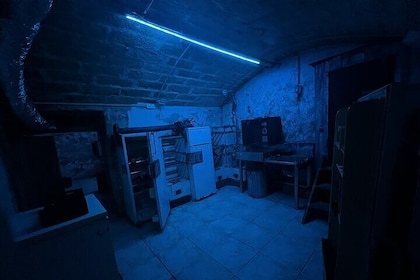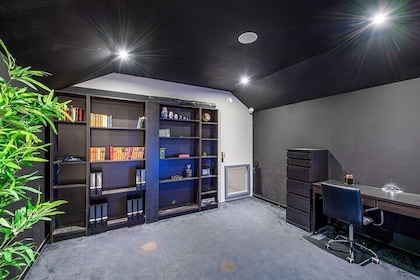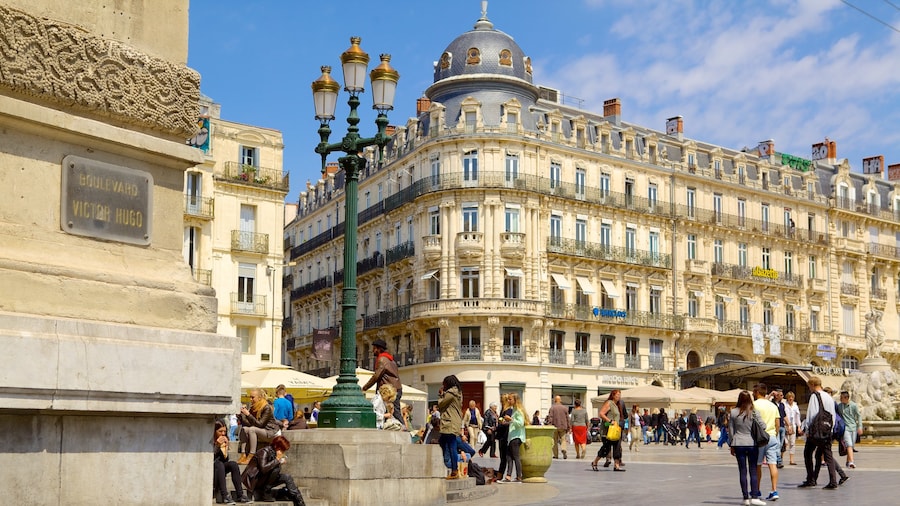Period furniture and Flemish tapestries are among the opulent features decorating the 18th-century Chateau de Flaugergues. As one of the many follies (ornamental mansions) skirting the city, it offers insights into the customs and values of historic French nobility. Explore the landscaped garden and notice the different levels that separate the various sections.
Think about the history of the chateau, which was constructed between 1696 and 1730 by Etienne de Flaugergues. He was an affluent advisor to the Montpellier Court of Auditors. Request a guided tour with a friendly docent for a greater understanding of the folly and its past.
As you enter the building, spot the vast staircase that occupies one quarter of the interior. It serves every floor of the castle, skirted by the swirling patterns of its iron banisters. Examine the 18th-century pieces of furniture, 17th-century Flemish tapestries and collection of ceramics.
Relax on the terrace on a fine summer afternoon and go for a stroll in the French garden. Meandering through part of the grounds is a narrow alley flanked by olive trees and shrubs. Inspect the Orangerie, whose architecture harmonizes well with the dense surrounding vegetation.
Sit beside the circular pond at the bottom of the garden and snap photos of the chateau’s façade. Admire the balconies, rectangular windows and imposing portal.
Tours of the chateau are held in the afternoon, Tuesday to Sunday. The gardens are open Monday through Friday and afternoons on weekends. There is a fee to enter the chateau.
The Chateau de Flaugergues is in the Millénaire–Grammont district in the eastern region of Montpellier. Drive east from the Place de la Comédie for less than 10 minutes to get here. You can also ride the tram to Place de France, less than 1 mile (1.6 kilometers) south of the castle. While in the area, visit the Aquarium Mare Nostrum, the Chateau de Grammont and the Zenith Sud.
